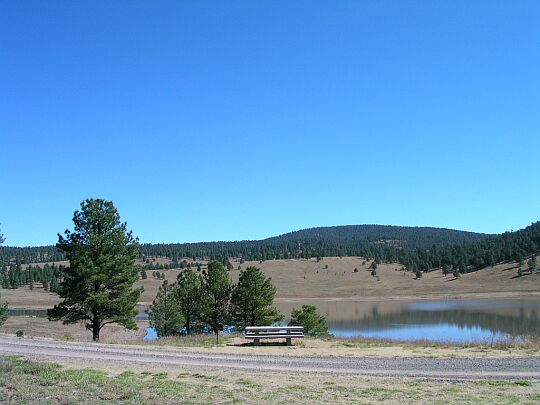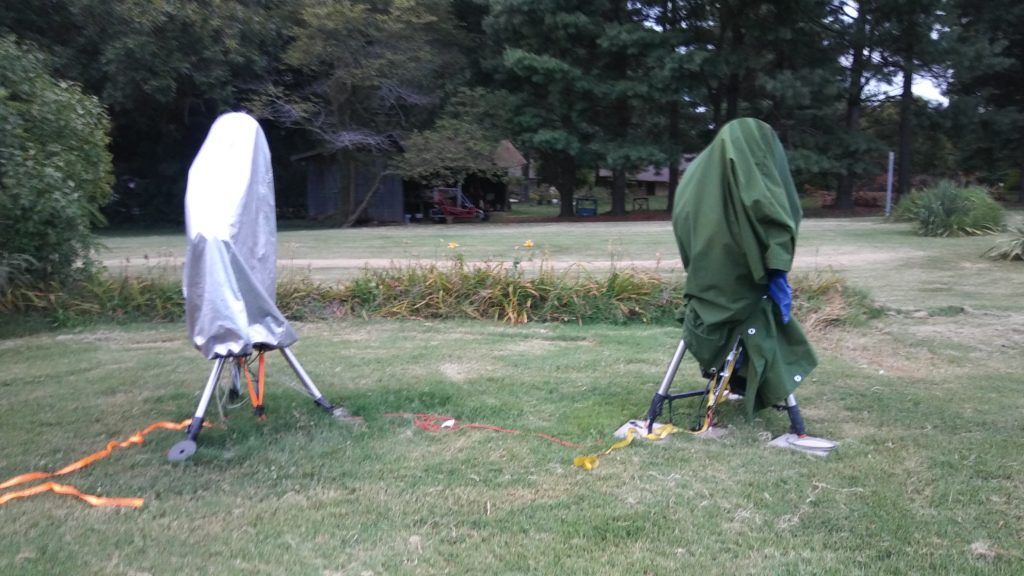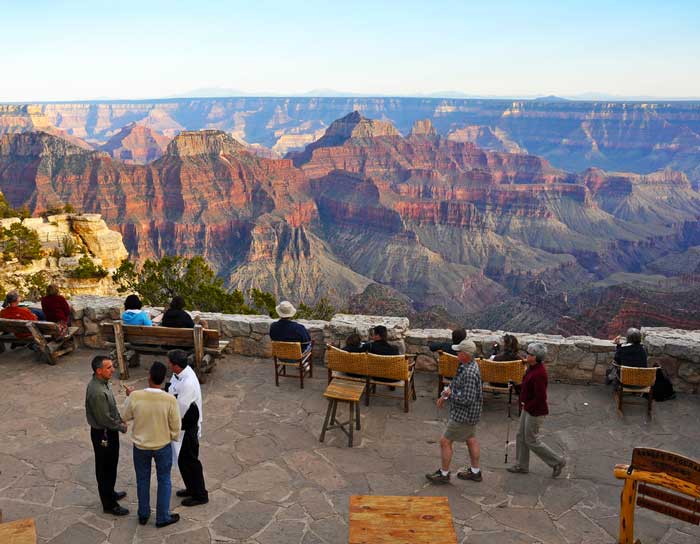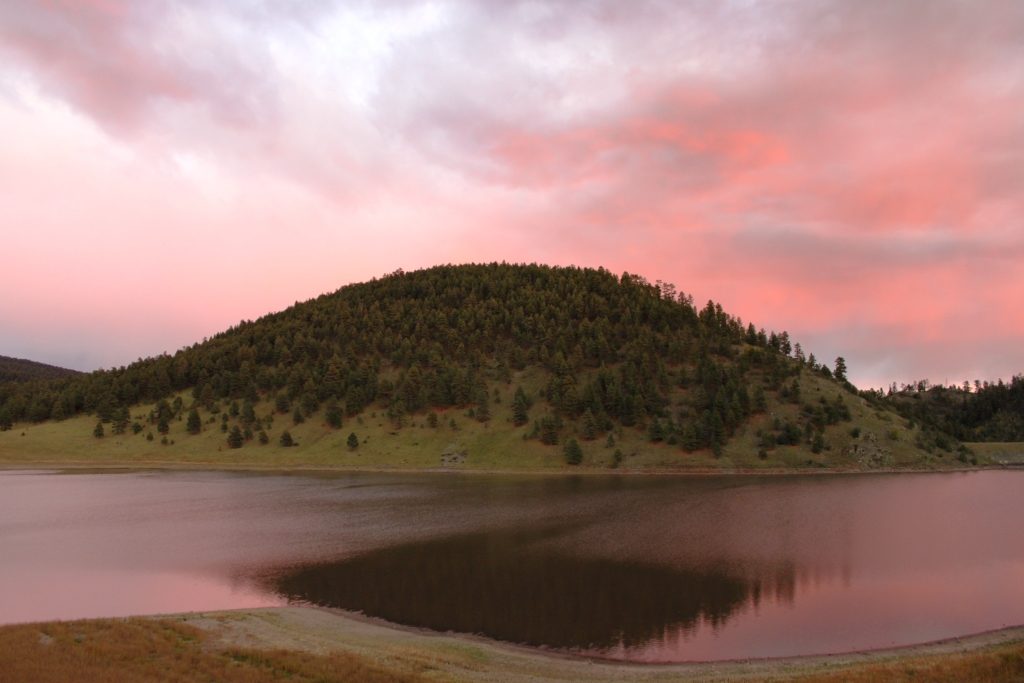
In amateur astronomy a lot of time and energy is spent “going to dark sites.” These are places with minimal light pollution and the quality of that experience often depends on where you live. Just observing from an unlighted golf course or park in a city can enhance the observing experience.

In my current location, smack dab in the middle of a small town in Missouri, the presence of a historic cemetery behind my backyard improves the seeing. Though the site does not compare with any of the former TRO observatory locations in New Mexico, it allows imaging of at least 17th magnitude stars with an 11″ telescope. Even with businesses on the highway in front of my house, it is dark enough to see the milky way from the observatory location. However, if you move towards the road, away from the cemetery, the milky way fades away until you can only see the brightest stars. So location is important even in your own backyard.
The North and South rims of the Grand Canyon have some of the darkest skies I have ever experienced. When you suddenly realize there are so many stars that you can no longer distinguish the individual constellations, that’s when you know it is dark. We get used to light polluted skies and limited seeing, so that when we get to a dark clear site it can be daunting to find your way around the sky!

The Tucson Amateur Astronomy Association has a Grand Canyon Star Party every year. It is definitely worth the trip. Even with some of the South rim light pollution,this area is still premiere for observing. The high altitude, low humidity and clear skies combine to give a great experience. The north rim of the canyon is 1000 feet higher and is even darker than the south but is harder to get to.

My big issue was stamina. After all the hassle to get the time off, the trip up, as well as daylight sightseeing, fatigue was a real issue! At about 2:30 am I was falling asleep at the eyepiece and had to go to bed.

Snow Lake in the Gila Wilderness area of South Central New Mexico had the darkest sky I ever experienced. I was able to go and spend a few days in September 2009. It is a small lake at 7,313 feet. My first night there featured thunderstorms in the first part of the evening. Around midnight the sky cleared and the stars came out. Wow, what an experience. I had brought “The Bargain Bucket,” an 8″ Dobsonian reflector. With no lights of any kind within 30 miles of that location and only small cities at 45 and 60 miles away there was virtually no light pollution to mar the skies. Seeing was pushing magnitude 6.5 and objects that I had never seen before in a telescope were easily viewed. To top it off, there was no one else at all in the campground, except a herd of over 150 Elk!

The final location that I will highlight is 30 miles north of the Mexican border and a few miles south of Deming New Mexico. We moved out of Deming into the desert in 2011. Even when we lived in central Deming, I could see the dust lane in the milky way from my driveway! After the move, a friend gave me a POD (Personal Observatory Dome) that was set up in the backyard. It was not unusual to image 18th magnitude stars with an 8″ telescope. With over 300 days of clear night sky each year, this is a hard location to beat.
Wherever you can get a view of the sky is a win for astronomy. If you can escape your light pollution from time to time or even better, move somewhere dark, it is ideal. Still, there is a lot that can be seen even in the midst of the most light polluted city. Take of advantage of where you are to observe what you can and find the the dark wherever you can!